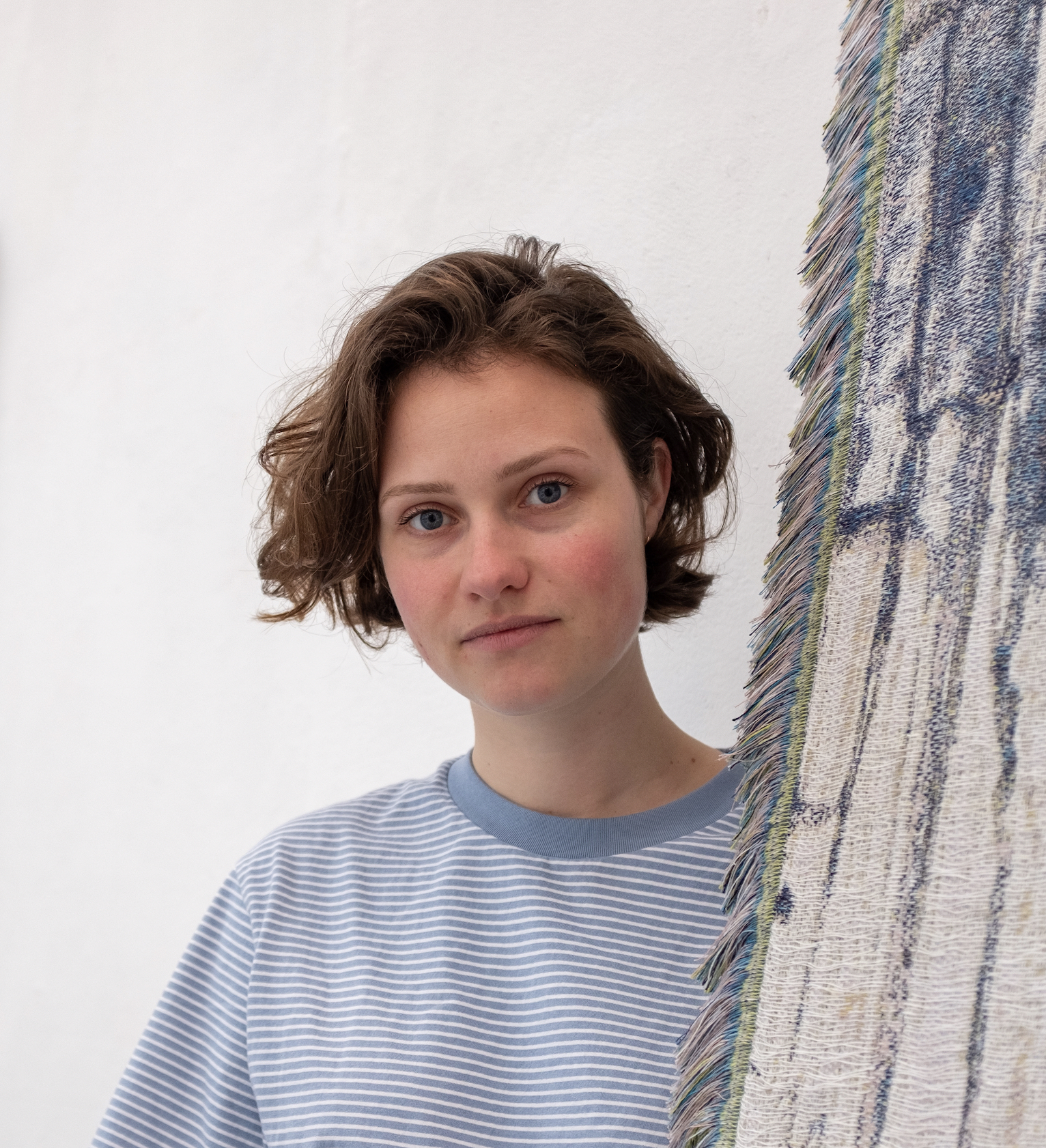Works - Exhibitions - Workshops / Talks - Read / Hear - Shop - About - Bio / CV
Complex Individuality (2025)
‘Complex Individuality’ is a multimedia project in collaboration with scientist Ingeborg Klarenberg, made on the occasion of the VU Connected World Societal Impact Award, which we received in 2024.
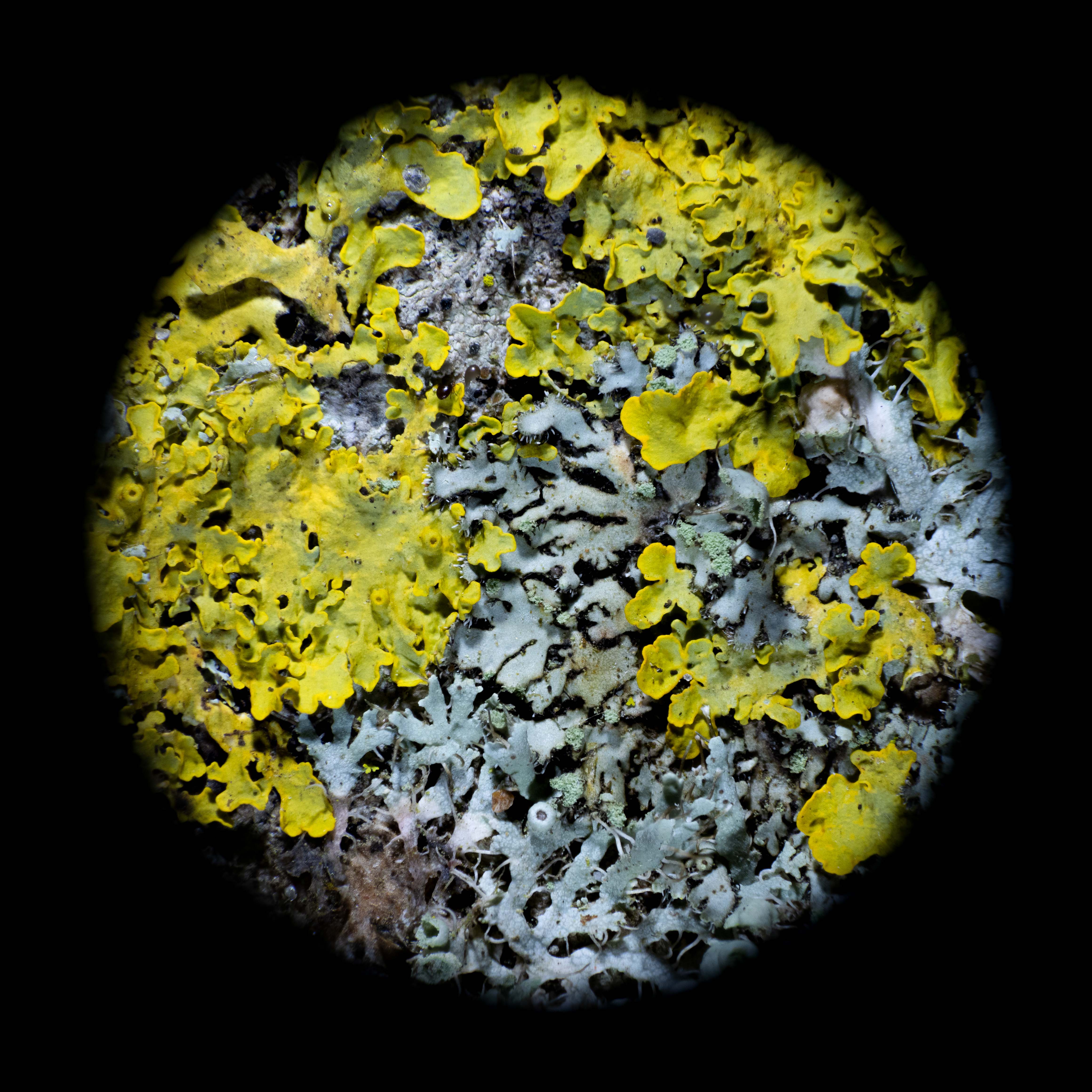

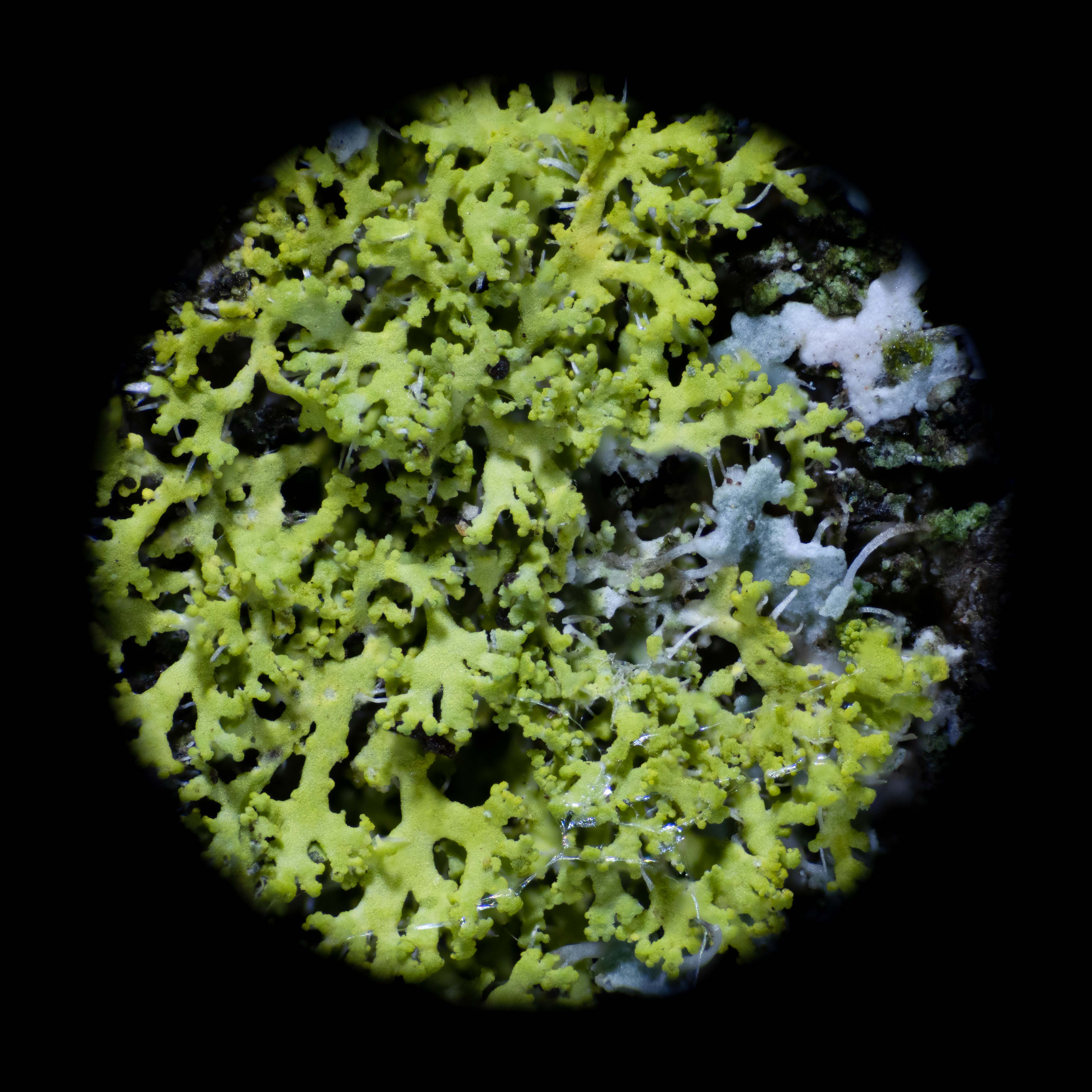







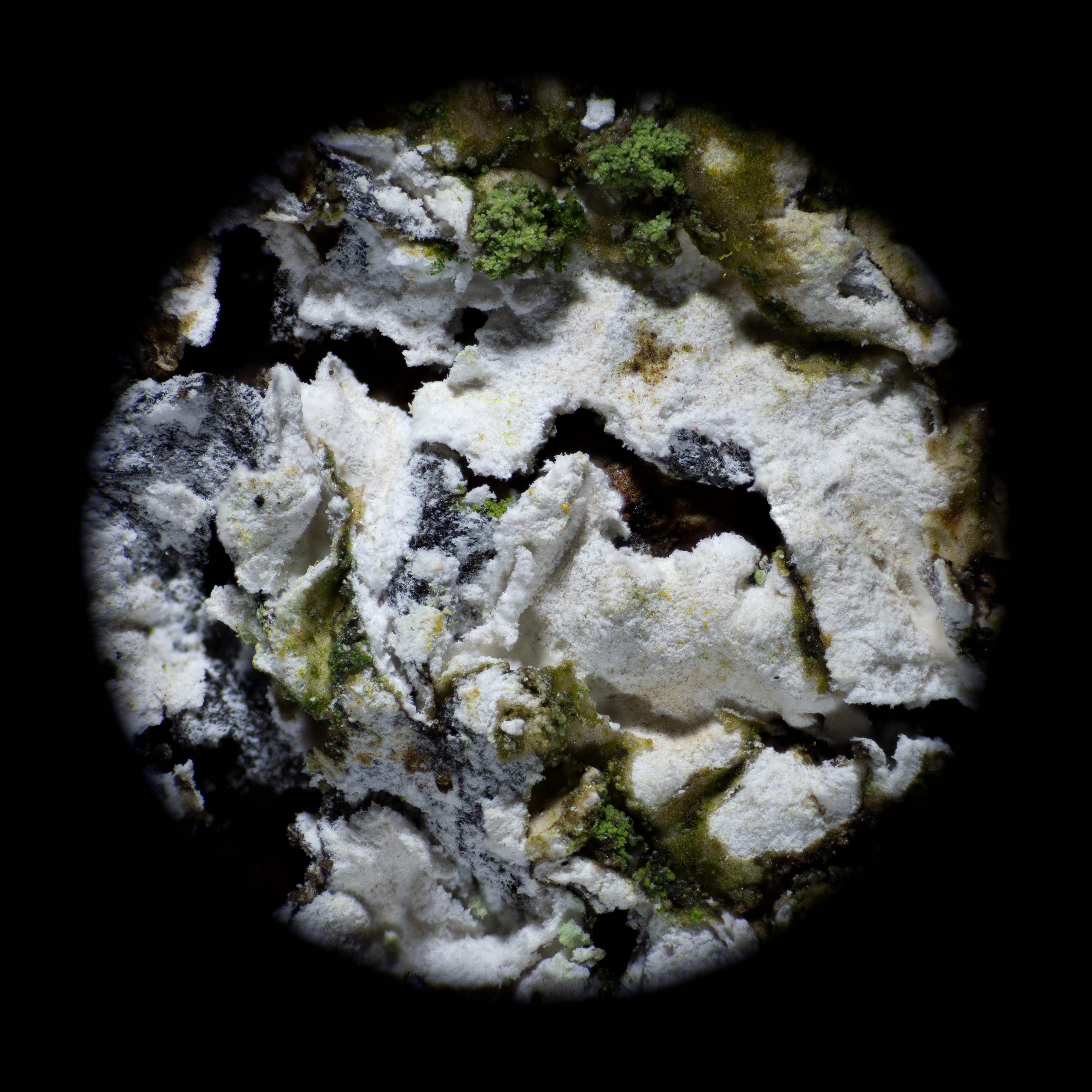
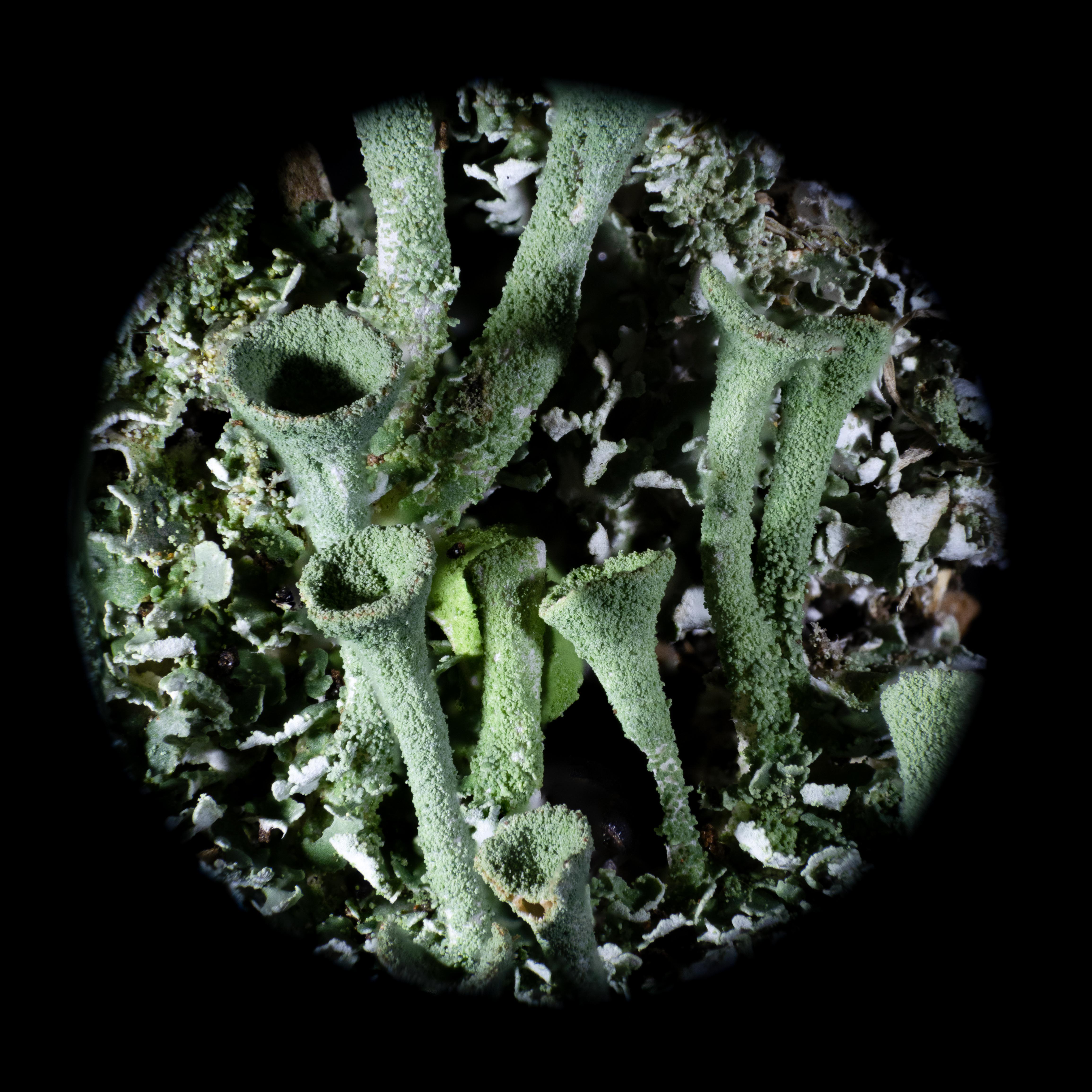


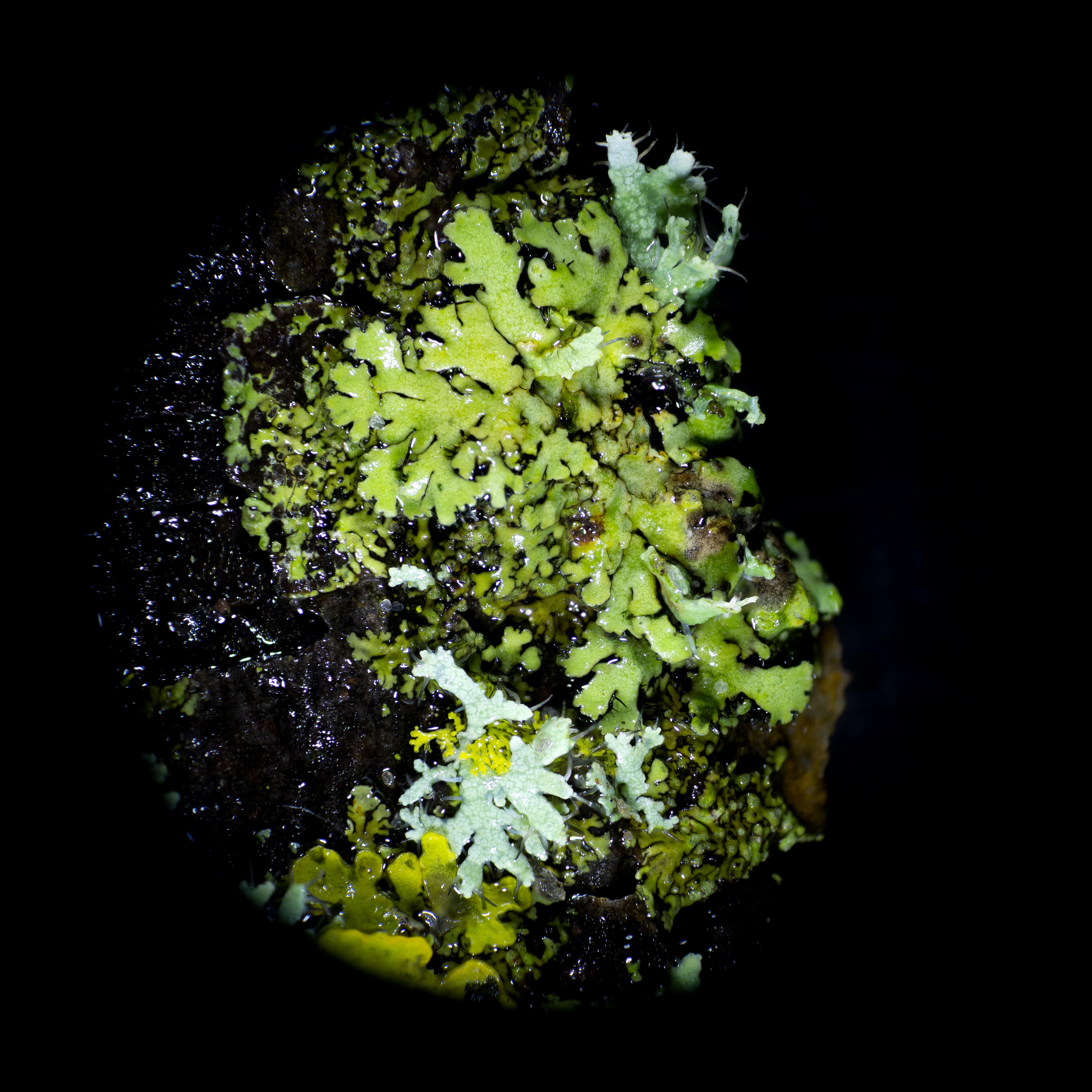


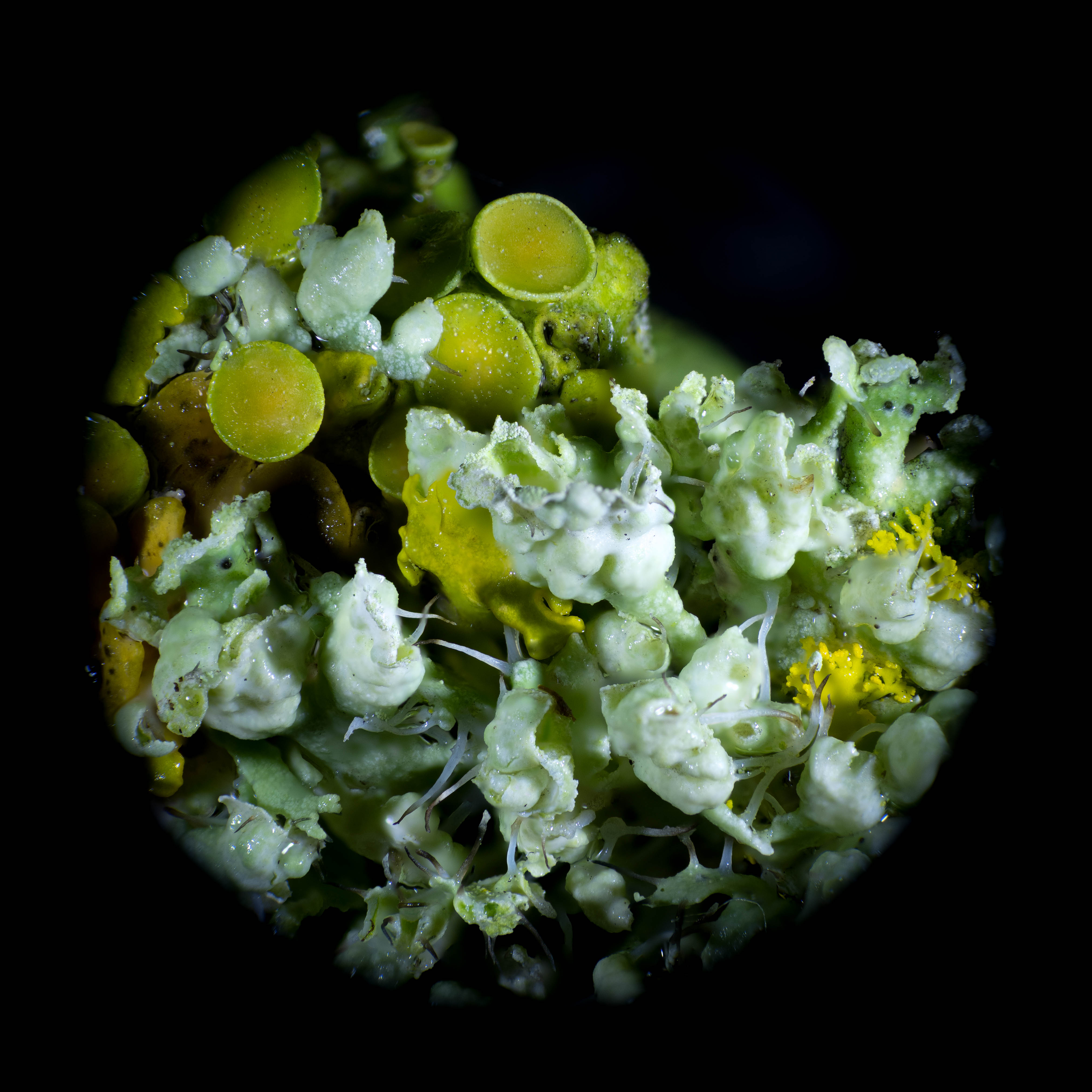


‘Complex Individuality’ includes photographs, video, a soundscape. On the occasion of the project we organize ‘Listening Lichen’ walks, where we invite the public to join us to look and listen closely to lichens.
The first workshop was organised in February 2025, and more will follow. If you are interested to join next time, please send an email to suzette@bousema.eu.
New Listening Lichen working coming up!
When: 15 June 2025, 11:00 – 13:00
Where: The Hague, location t.b.d.
Costs: 22,50 euro
To sign up, send an email to suzette@bousema.eu


See more of the workshop here.
Lichens are a powerful metaphor for our interconnected world. They are made up of a close partnership between a fungus and a photosynthetic partner, two completely different organisms that physically depend on one another for survival. Much like lichens, our societies are shaped by intricate relationships between people, ecosystems, and nations.
Like the individual components of lichens, which rely on each other for survival, humanity and the natural world are bound together in a delicate balance. Alone is not an option. They also provide a habitat for other organisms, like insects and tardigrades. The well-being of one entity is intimately linked to the health of others.
Just as disruptions in our interconnected world can last for generations, disturbances of the lichen symbiosis can have far-reaching consequences for both partners and the tiny ecosystems they form.
Lichens can survive in almost any habitat on Earth, only because of being a collaboration. However, that does not make them immune to pollution or climate change. Nitrogen deposition in the Netherlands leads to the disappearance of nitrogen-sensitive lichens, while nitrogen-loving lichens increase in abundance.
Lichens directly tell us where high levels of nitrogen deposition occur. Under high nitrogen deposition the appearance of tree bark changes due to a shift in lichen species. Lichens can bleach, similar to corals; they lose color over time due to climate extremes or pollution. At the same time, they are pioneers, the first to colonize newly exposed substrates, for instance after glacier retreat.
What can human societies learn from the lichen symbiosis in a time of global change? Can we use our connected world in a better way to preserve our ecosystems for future generations?
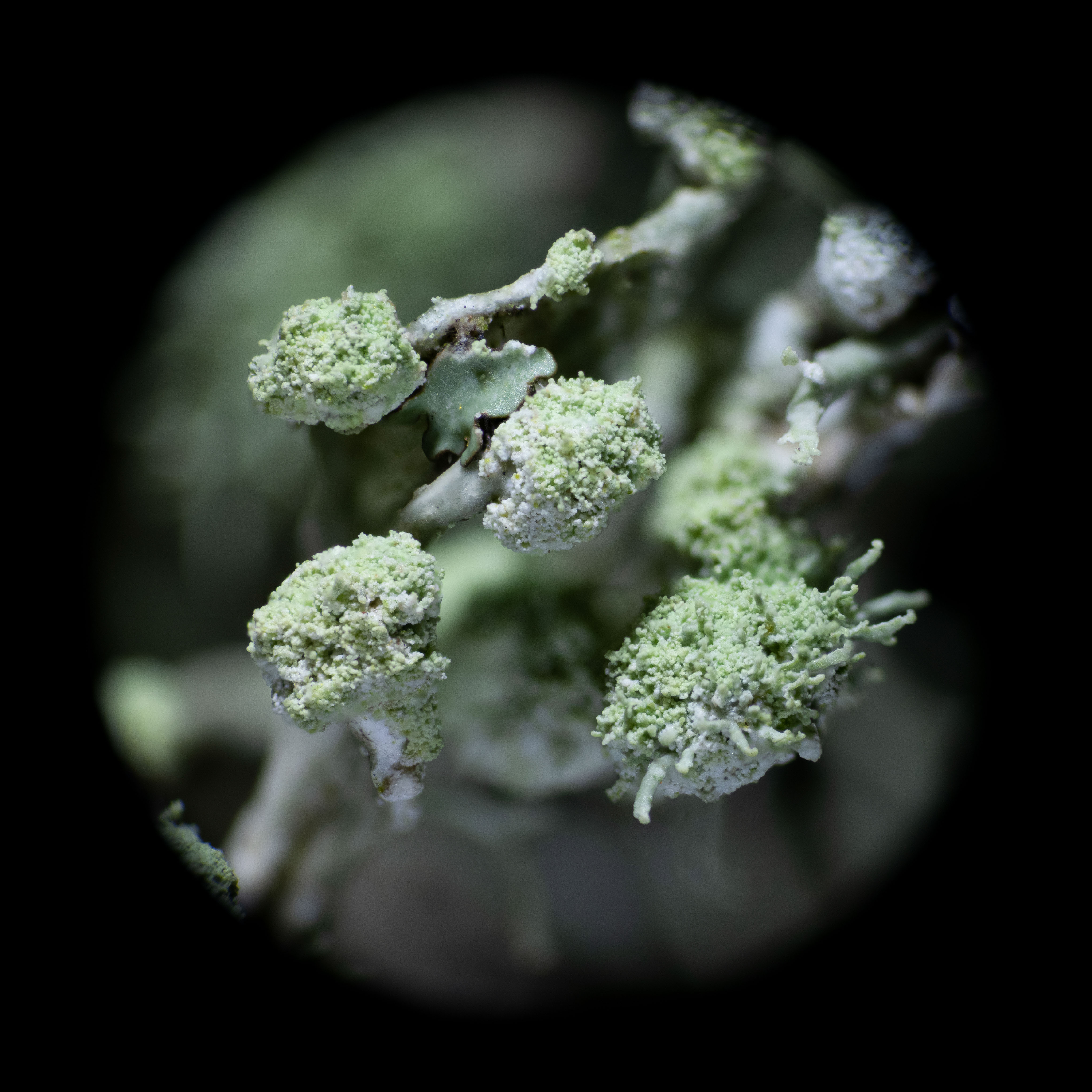


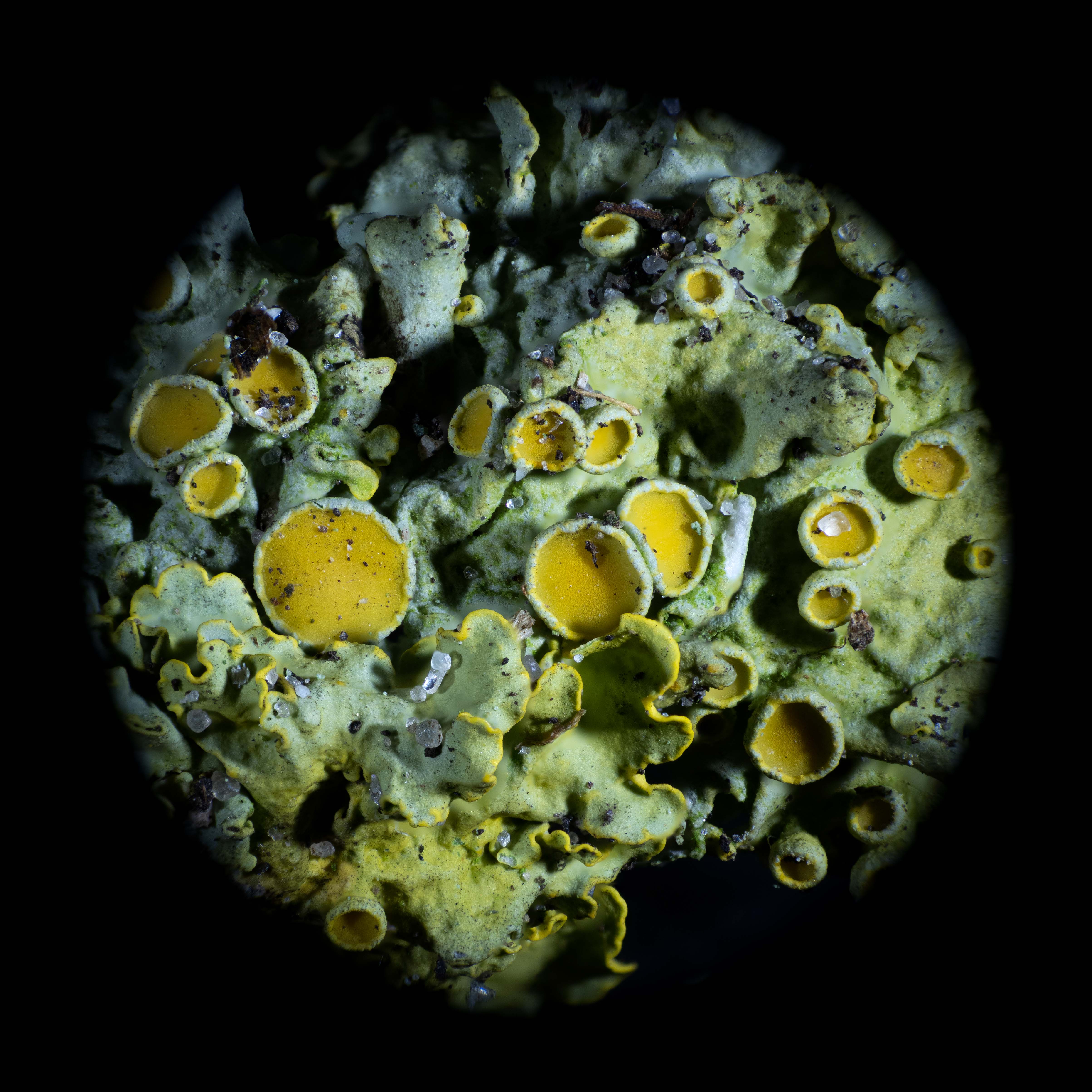


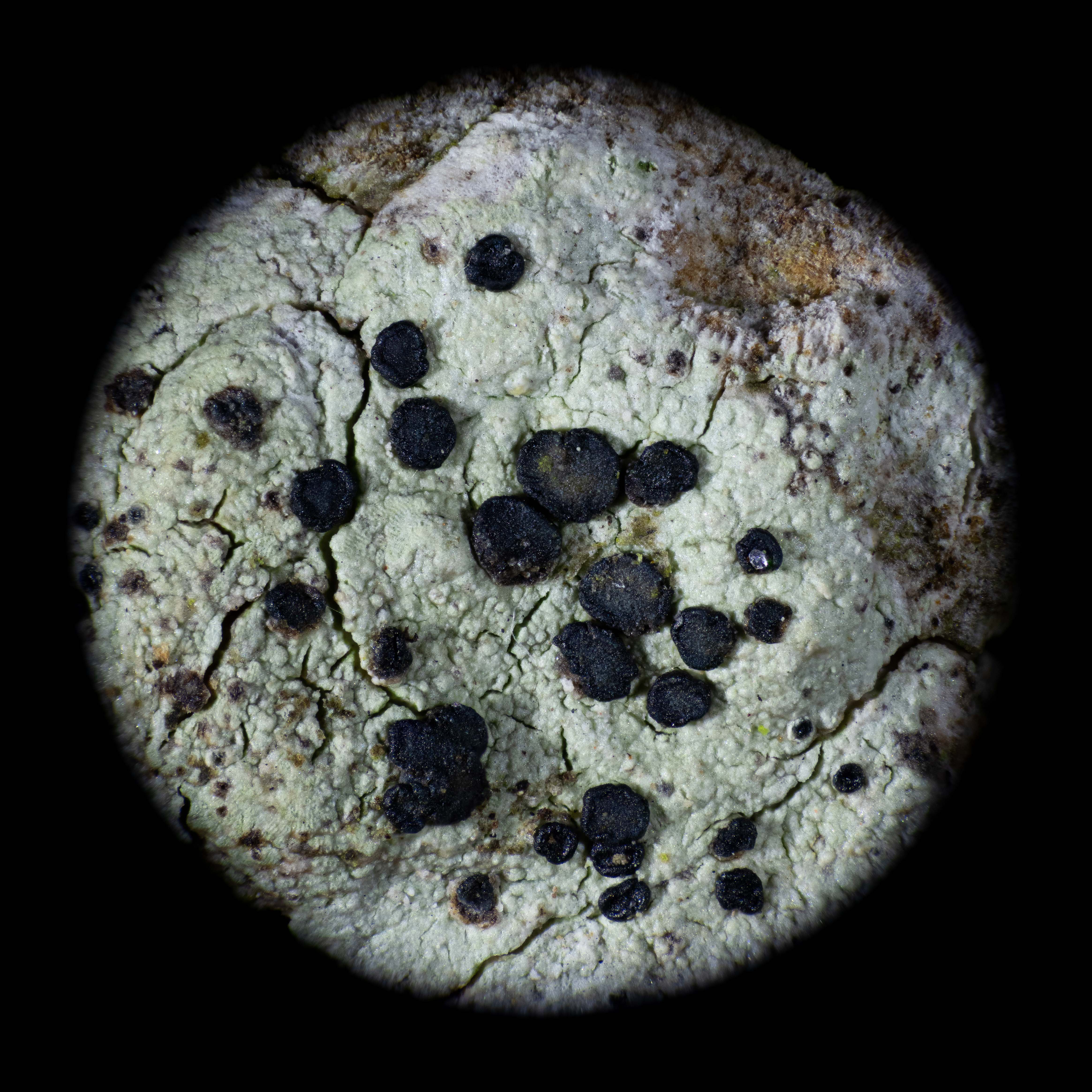

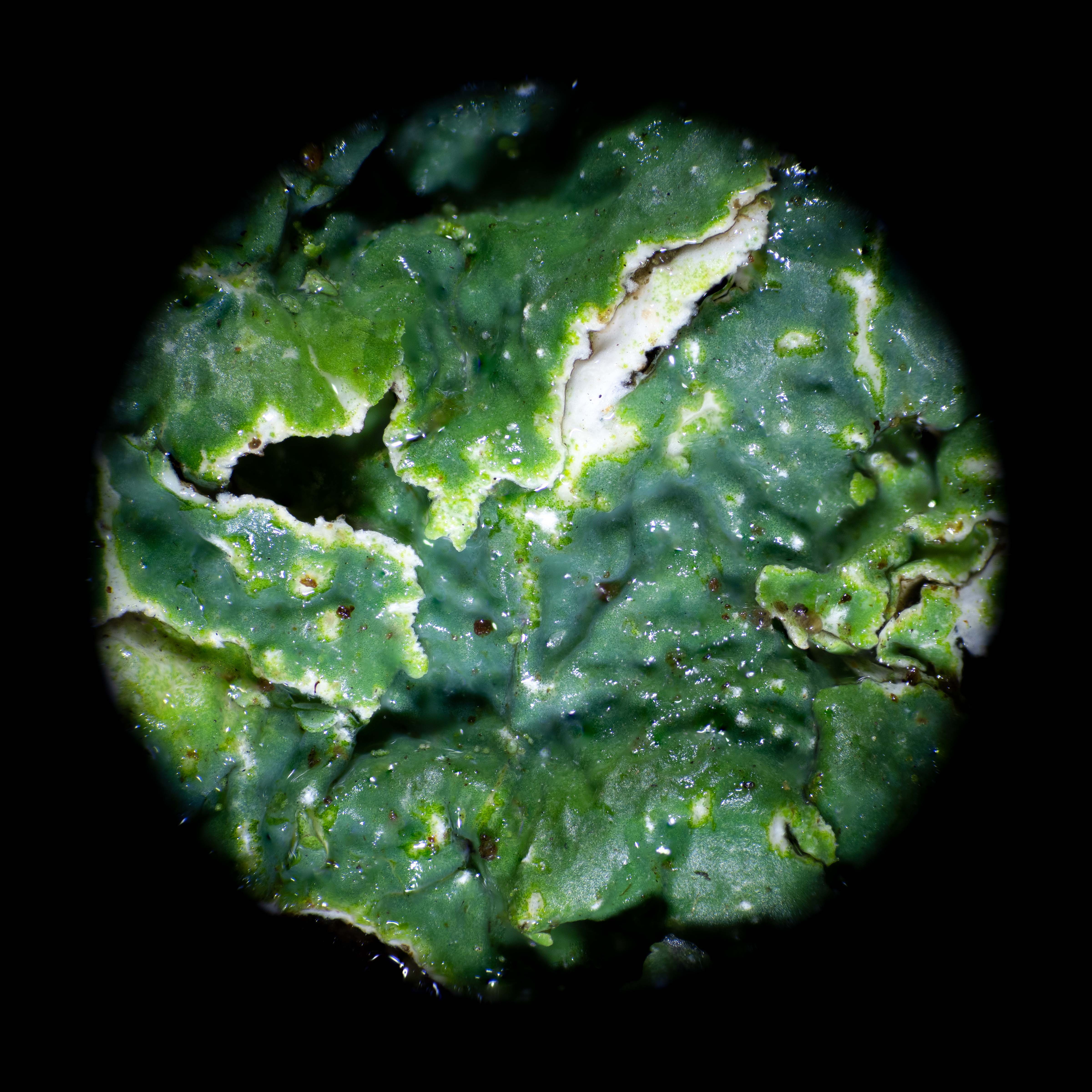
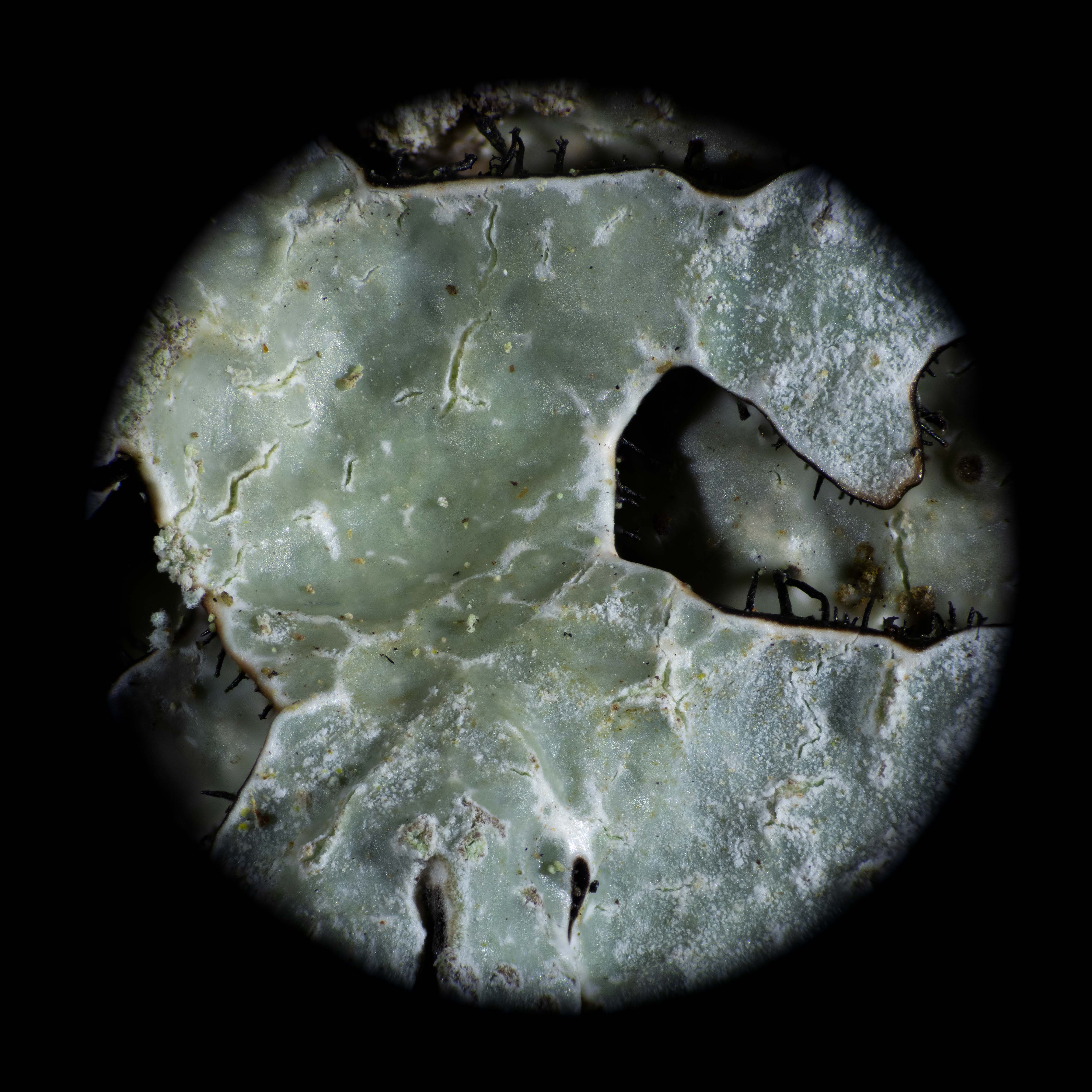
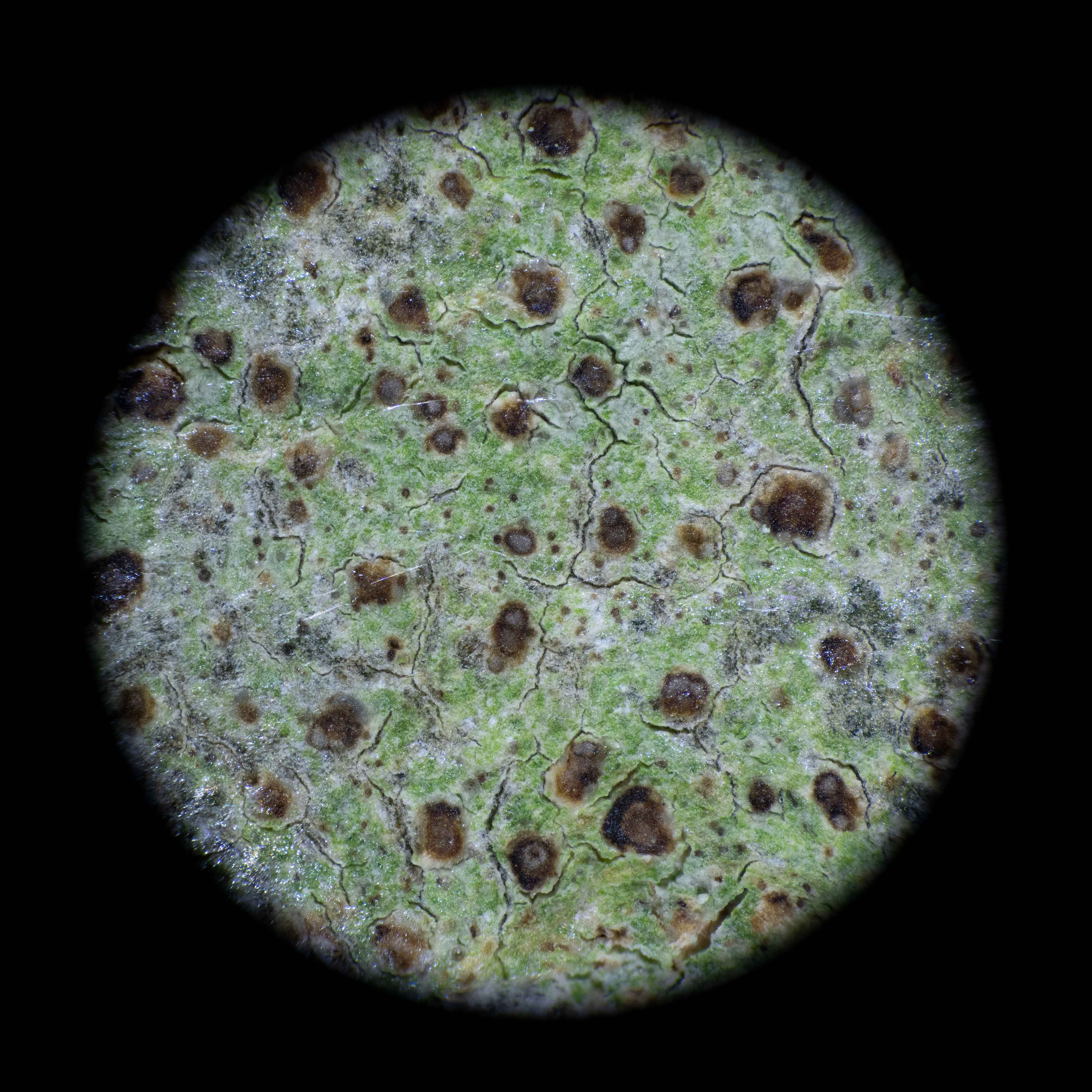
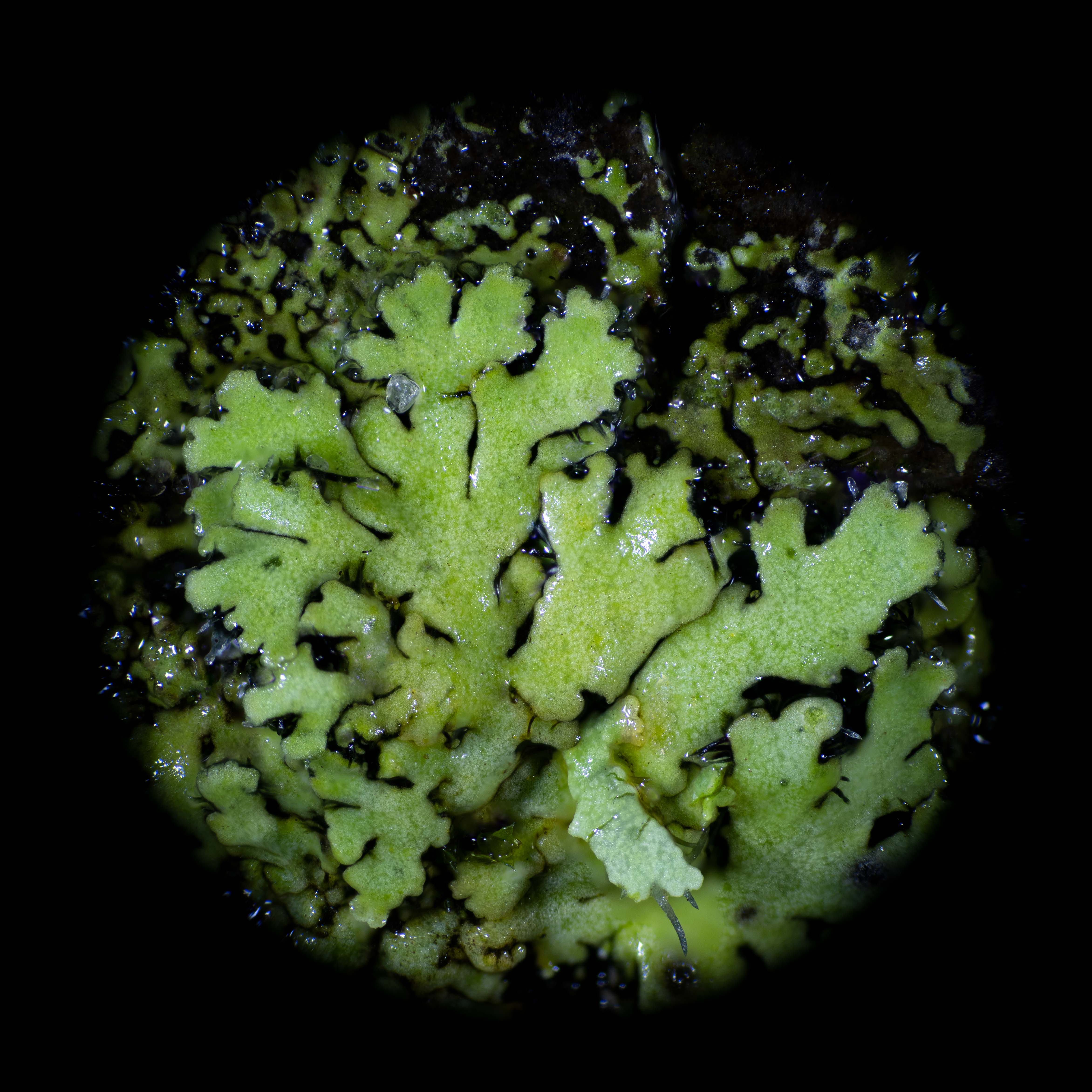



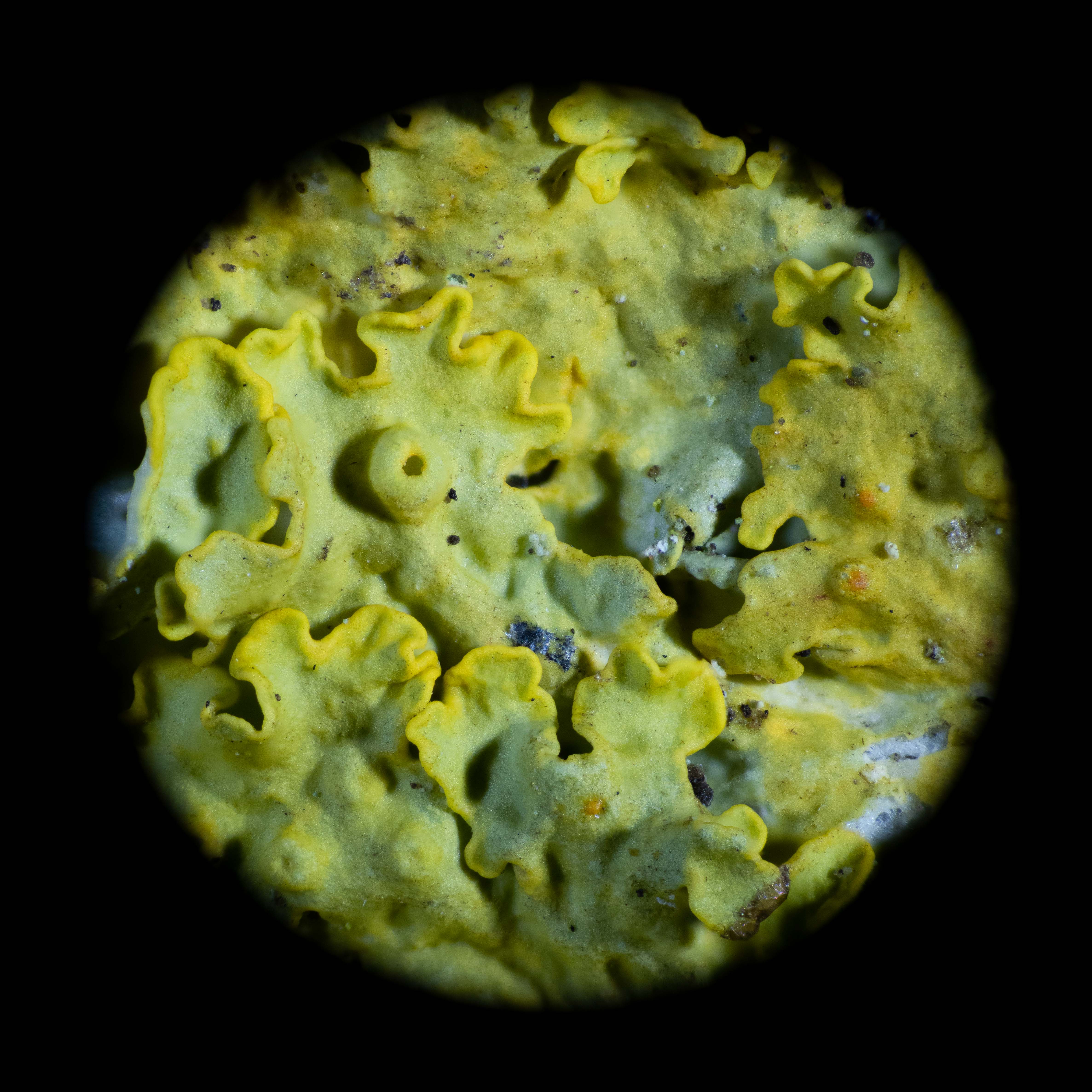


In the lab at VU Amsterdam
with Ingeborg Klarenberg

Growing list of associations, by people listening to lichens
Absorbing
Adaptation
Always present but disconnected
Anthropocentric perception of sound
ASMR
Bugs up and down the tree
Bubbles
Calming
Collaboration
Connectors
Deep listening
Different
Digesting
Encountering something you pass by everyday
Everything is connected
Expanding itself
Existence
Fire cracks
Fundamental
Fungus
Getting inside their world
Groupwork
Growing
Growing in a delicate way
How minuscule we are in relation to the entire ecosystem
How they spend their life
How to translate it to people
Humbling
In order to understand something, you have to dissect it
Intelligence
Interdependency
It’s going to take over the world
Listening gives a full bodily experience
Looking categorizes it
Metabolic temporalities through lichens
Mouth chewing
Mutual belonging
Neighbors
No rhythm
Noticing other sounds
Patterns
Perspective
Popcorn
Repetitive, but never exactly the same
Resilience
Roommates
Scale
Seeing a static object, hearing a living organism
Sensing slowness
Sharing economy
Sharing networks
Slow eating
Slow is fast
Slowness
Soothing
Something eating itself, a feast
Something going up
Stomach
Symbiosis
Temporality
The sea
Time
Underestimation of natural life
Underwater
We can’t understand what is happening, but we are a part of it
